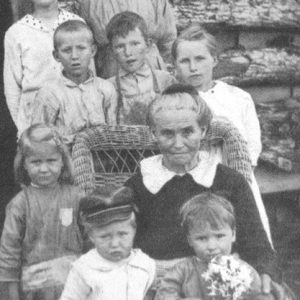 Martha Ellen Daley Long
Martha Ellen Daley Long
Time Period: Early Twentieth Century (1901 - 1940)
 Martha Ellen Daley Long
Martha Ellen Daley Long
 J. Leland Longino
J. Leland Longino
Lono Gymnasium
Lonoke Confederate Monument
Lonoke County Courthouse
Lonoke County Lynching of 1910
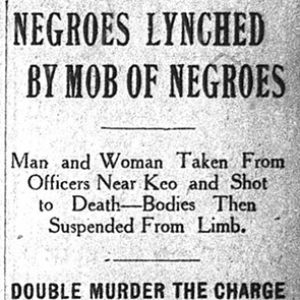 Lonoke Lynching Article
Lonoke Lynching Article
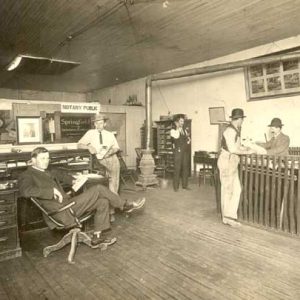 Lonoke Democrat
Lonoke Democrat
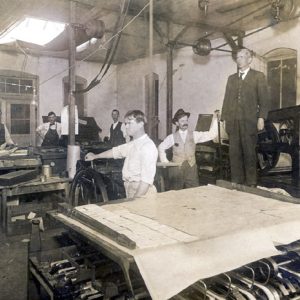 Lonoke Democrat
Lonoke Democrat
 Lonoke Rice
Lonoke Rice
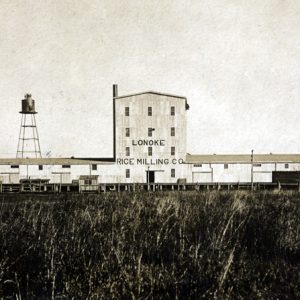 Lonoke Rice Mill
Lonoke Rice Mill
 Lonoke Road Construction
Lonoke Road Construction
Lonoke Rock Island Depot
 Lonoke Street Scene
Lonoke Street Scene
 Lonoke Street Scene
Lonoke Street Scene
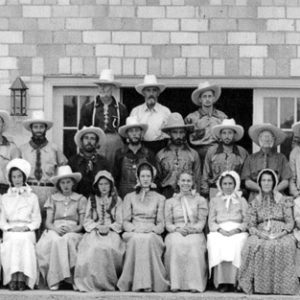 Lonsdale Pioneer Day
Lonsdale Pioneer Day
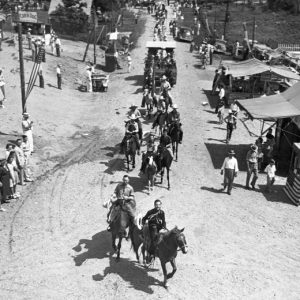 Lonsdale Parade
Lonsdale Parade
 John Gerdes Lonsdale Sr.
John Gerdes Lonsdale Sr.
 John Lonsdale
John Lonsdale
 Anita Loos
Anita Loos
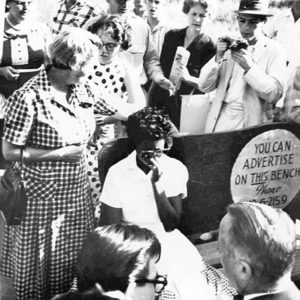 Grace Lorch and Elizabeth Eckford
Grace Lorch and Elizabeth Eckford
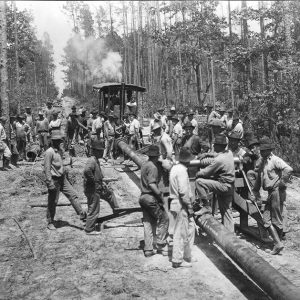 Louann Pipeline
Louann Pipeline
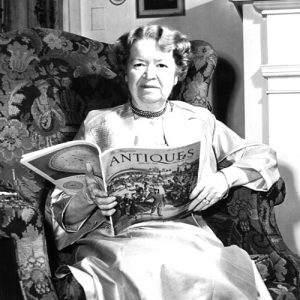 Louisa Loughborough
Louisa Loughborough
Loughborough, Louise
aka: Louise Loughborough
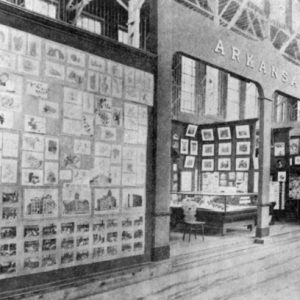 Louisiana Purchase Exposition Exhibit
Louisiana Purchase Exposition Exhibit
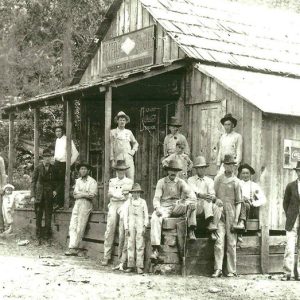 Lovelady General Store
Lovelady General Store
 Lovely County Article
Lovely County Article
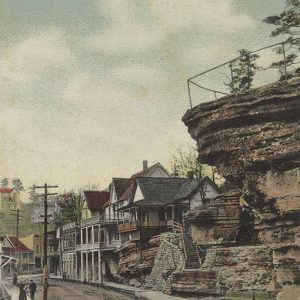 Lover's Leap
Lover's Leap
 Lowell Baptist Church
Lowell Baptist Church
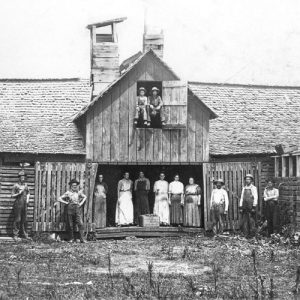 Lowell Apple Evaporator
Lowell Apple Evaporator
 Lowell School
Lowell School
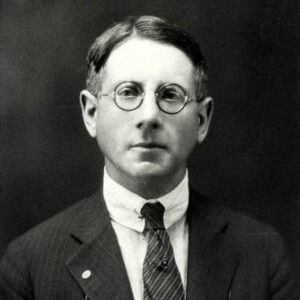 Walter Lowenstein
Walter Lowenstein
Lowery, Henry (Lynching of)
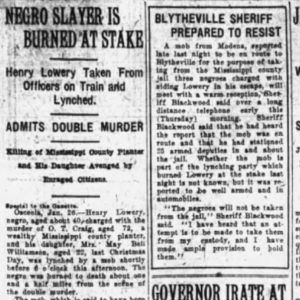 Lowery Lynching Article
Lowery Lynching Article
 Article on J. M. Lucey
Article on J. M. Lucey
 J. M. Lucey Anti-Lynching Article
J. M. Lucey Anti-Lynching Article
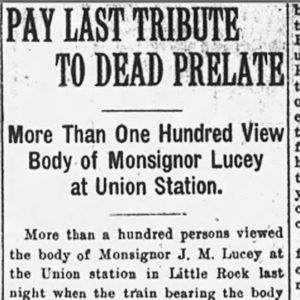 J. M. Lucey Obituary
J. M. Lucey Obituary
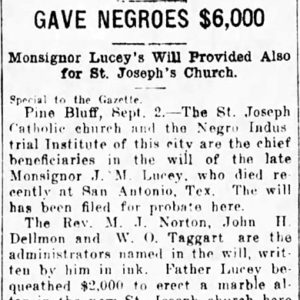 J. M. Lucey Will Article
J. M. Lucey Will Article
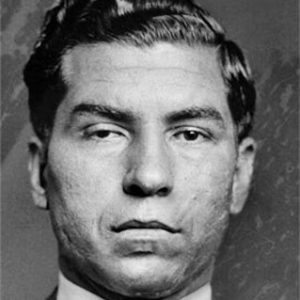 "Lucky" Luciano
"Lucky" Luciano
Luciano, Charles “Lucky”
aka: Salvatore Lucania
Lum and Abner
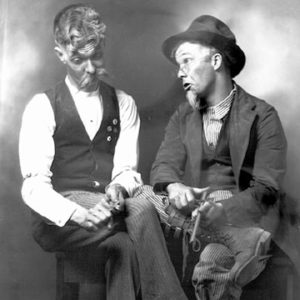 Lum and Abner
Lum and Abner
Lum and Abner Museum and Jot ‘Em Down Store
 Lumber Industry
Lumber Industry
 Lutheran Schools Parade
Lutheran Schools Parade
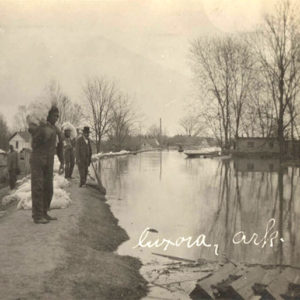 Luxora Flood
Luxora Flood
 Lynching Condemnation Document
Lynching Condemnation Document
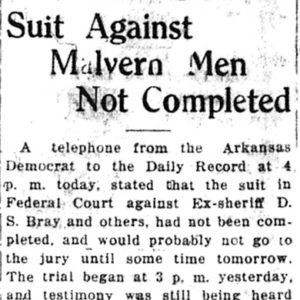 Lynching Lawsuit Article
Lynching Lawsuit Article
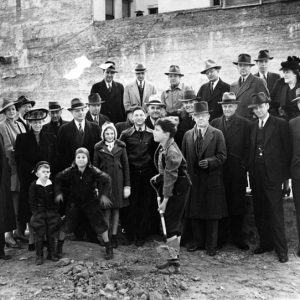 M. M. Cohn Company Groundbreaking
M. M. Cohn Company Groundbreaking
 M. M. Cohn Department Store
M. M. Cohn Department Store




